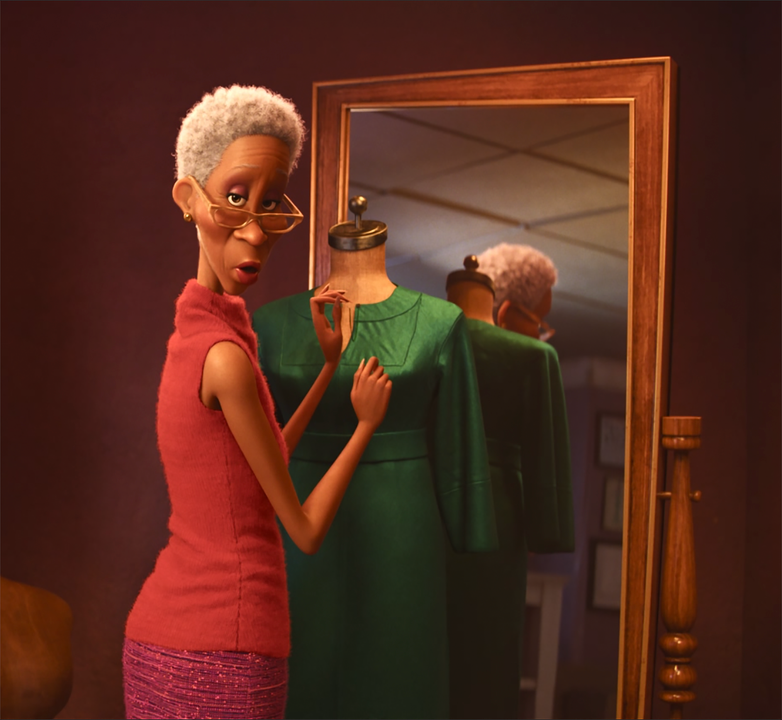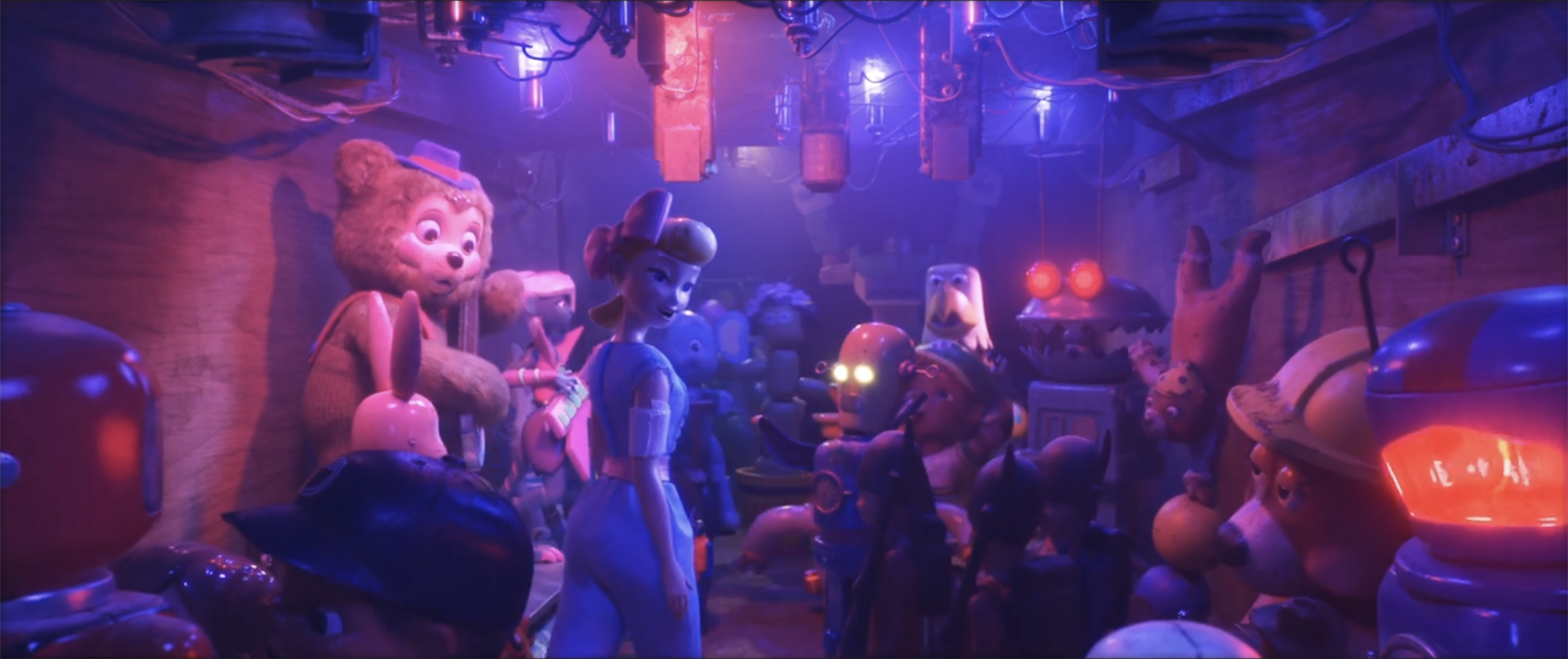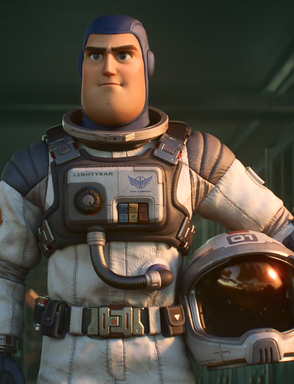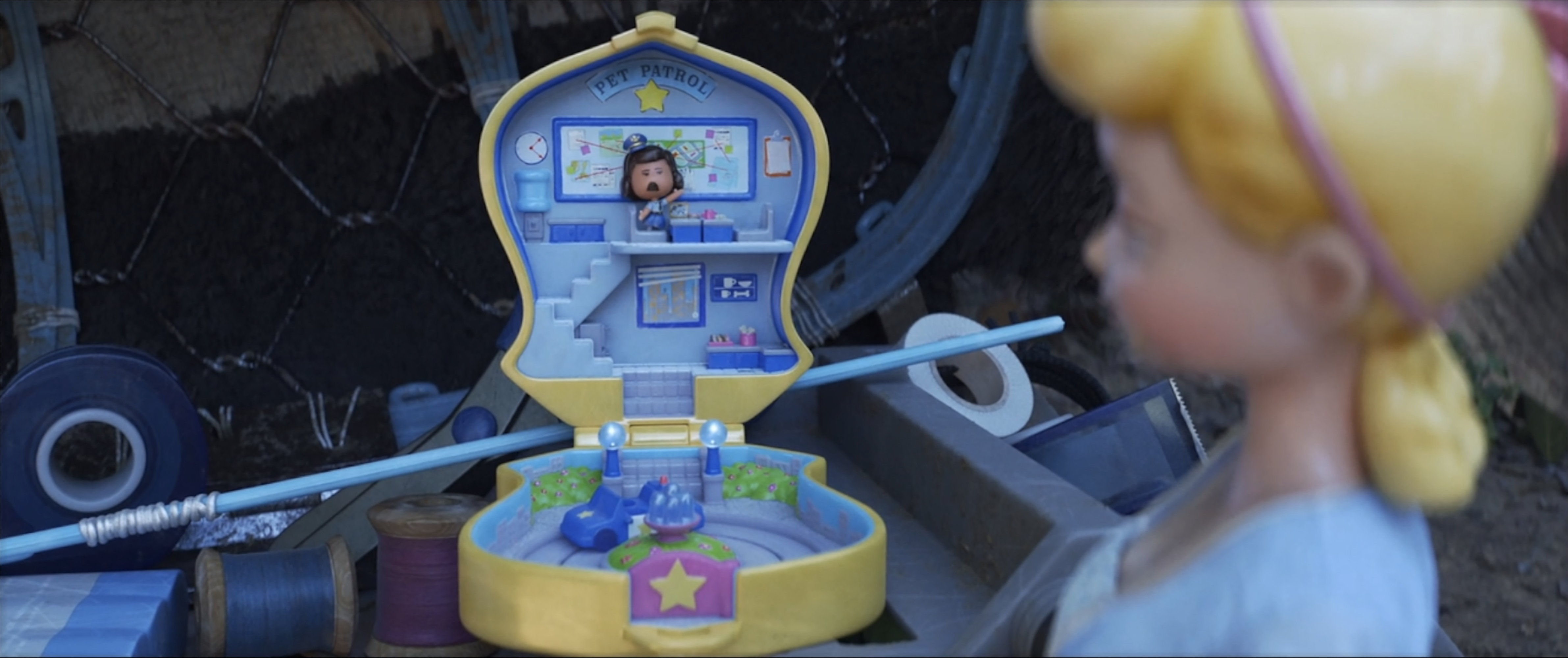Storytelling Through Look Dev

Look development for animated characters is usually a technical artist’s job. However, as much as software and technical expertise helps, advanced technical expertise is not required to make appealing, feature film quality animated characters. This course is designed to reinforce the design principles for creating textures and shaders for animated characters. We’ll discuss how to tell the story in every detail of the character, learn to approach a character from broad to fine details, and make a plan to execute the look. Throughout the course, students will learn how to receive feedback and prepare to work in a professional environment, and should have a solid piece for their portfolio by the end.
Course Format
Skills Level
Duration
Q&A
Feedback
Lecture Type
The more you know, the better.


What makes this learning experience unique?
PERSONALIZED FEEDBACK
Receive personalized feedback on all assignments from the industry’s top professionals.
LIFETIME ACCESS
Enjoy lifetime access to the spectrum of course content, including lectures, live Q&As, and feedback sessions.
CERTIFICATION
Show off your Certification of Completion when you turn in 80% of course assignments.
FLEXIBLE LEARNING
Learn anywhere, anytime, and at your own pace with flexible, online course scheduling.
Need guidance? We’re Here to Help.
We can help with admissions questions, portfolio review/course recommendations!



















